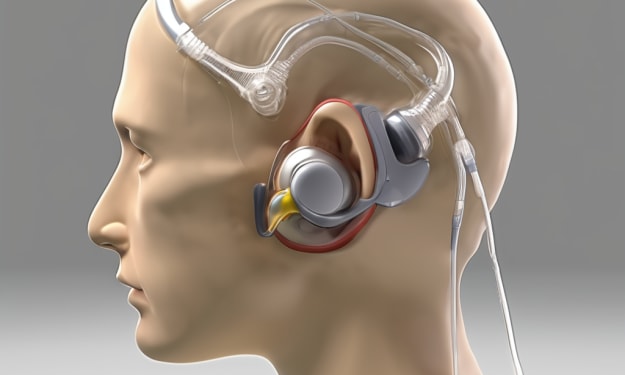Why do guide dogs wear coats but not blind people? 2024
Blind people and guide dogs.

It might seem curious why a guide dog would be sporting a stylish coat while its human companion walks coatless on a chilly day. The answer lies in the different needs and purposes each serves:
1. A Working Uniform: Enhancing the Dog's Performance
• Temperature Regulation: Guide dog coats aren't just for show. They can help regulate the dog's body temperature, which is crucial for maintaining focus and stamina while working. In hot weather, a lightweight, breathable coat can prevent overheating. In colder climates, a thicker coat helps retain warmth, allowing the dog to perform comfortably for extended periods.
• Visibility and Identification: Some coats have reflective patches or bright colors that enhance the dog's visibility in low light or crowded areas, ensuring the safety of both the dog and its handler. Additionally, coats often display patches or logos indicating the dog is a working animal, prompting others to give them space while on duty.
• Protection from the Elements: Guide dogs might encounter various weather conditions during their workday. Coats can offer protection from rain, snow, or debris, keeping the dog comfortable and healthy. This is especially important for maintaining good paw health, which is crucial for their work.
2. Human Comfort and Independence
• Climate Control for Humans: Blind people generally have the same ability to regulate body temperature as sighted individuals. They can choose clothing appropriate for the weather to maintain comfort.
• Focus on Mobility and Independence: Wearing a coat can sometimes restrict a blind person's freedom of movement, especially when navigating unfamiliar environments. A focus on tactile and auditory cues might require unimpeded arm and upper body movement.
• Personal Style and Preference: Ultimately, clothing choices are a matter of personal preference. A blind person might choose not to wear a coat simply because they prefer not to.
3. A Team Effort: Different Needs, Shared Purpose
• Partners in Navigation: Both the guide dog and the blind person work together as a team. The dog's coat serves a functional purpose related to its working needs, while the human prioritizes comfort and mobility for efficient navigation.
• Mutual Success: Ultimately, the goal is for both the guide dog and the blind person to perform their tasks comfortably and safely. The dog's coat contributes to its well-being and focus, which translates into a smoother experience for the person relying on its guidance.
Function Over Fashion: Why Guide Dogs Wear Coats While Their Handlers Don't
The sight of a guide dog in a bright harness and coat is a familiar one. But have you ever wondered why these canine companions get decked out while their human handlers navigate the world "unclothed"? Here's the breakdown:
o Visibility: A brightly colored coat makes the dog more easily recognizable in crowded areas, enhancing safety for both the dog and the handler.
o Identification: Some coats might have patches indicating the dog is a working animal or carrying specific information like the handler's disability.
• Human Needs vs. Canine Needs: Humans can typically adjust their clothing based on the environment. Guide dogs, however, may not have the same ability to regulate their body temperature or express discomfort.
In conclusion, the seemingly curious difference in attire between a guide dog and its handler stems from their distinct roles. The guide dog's coat is a working uniform, promoting comfort and focus during its essential service. The human companion prioritizes individual comfort and mobility for navigating their environment with the support of their canine partner.






Comments
There are no comments for this story
Be the first to respond and start the conversation.